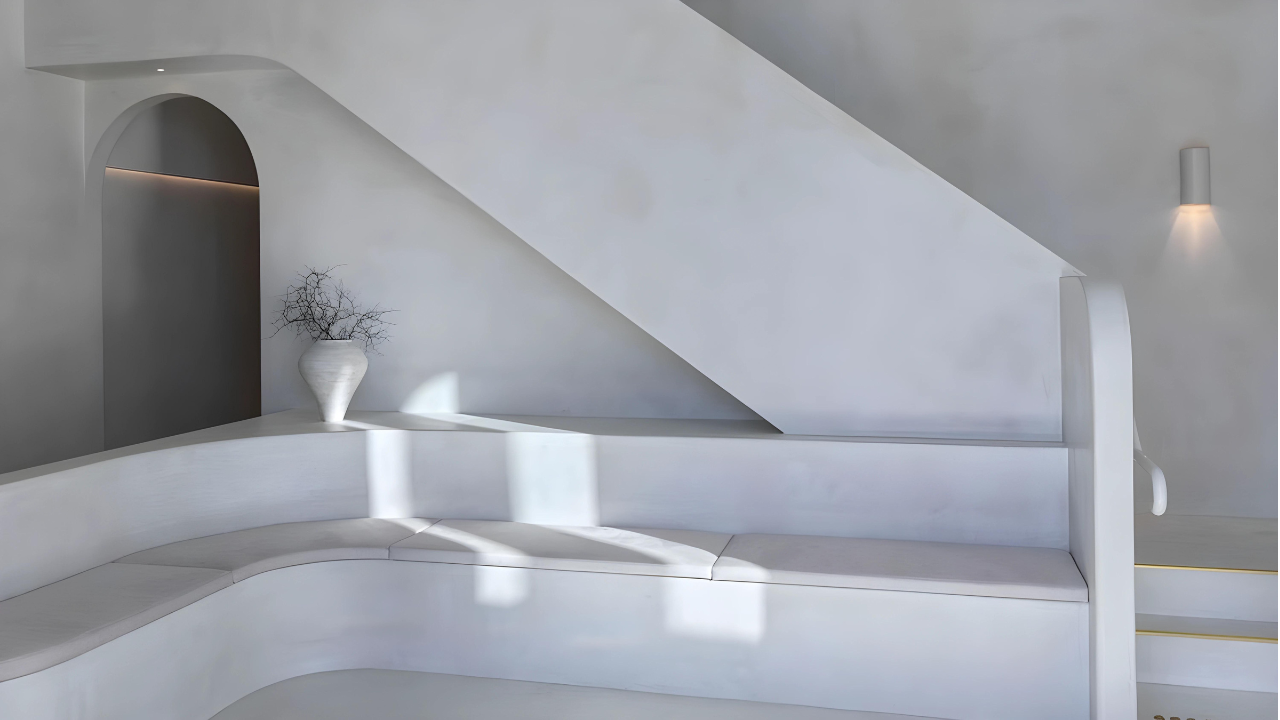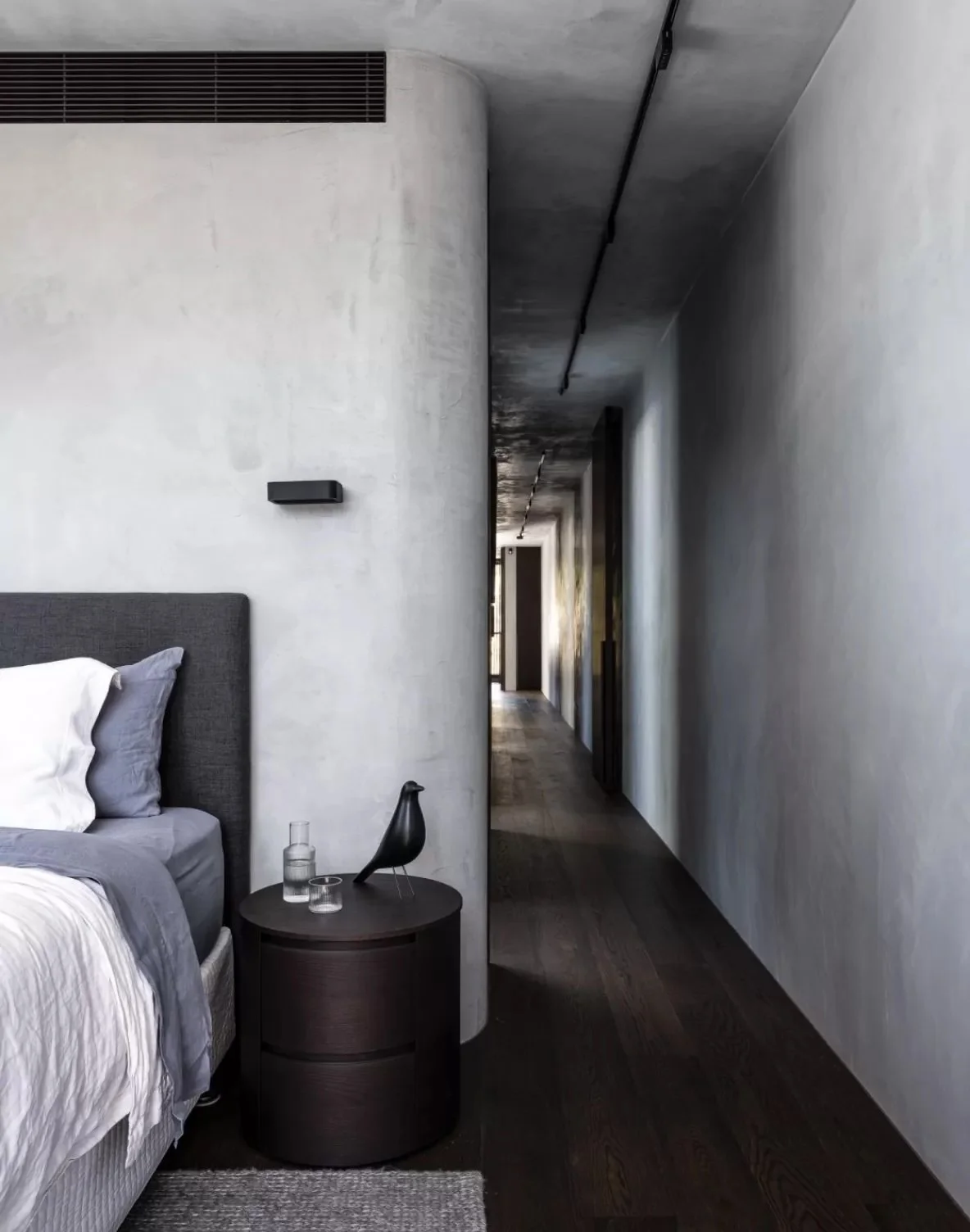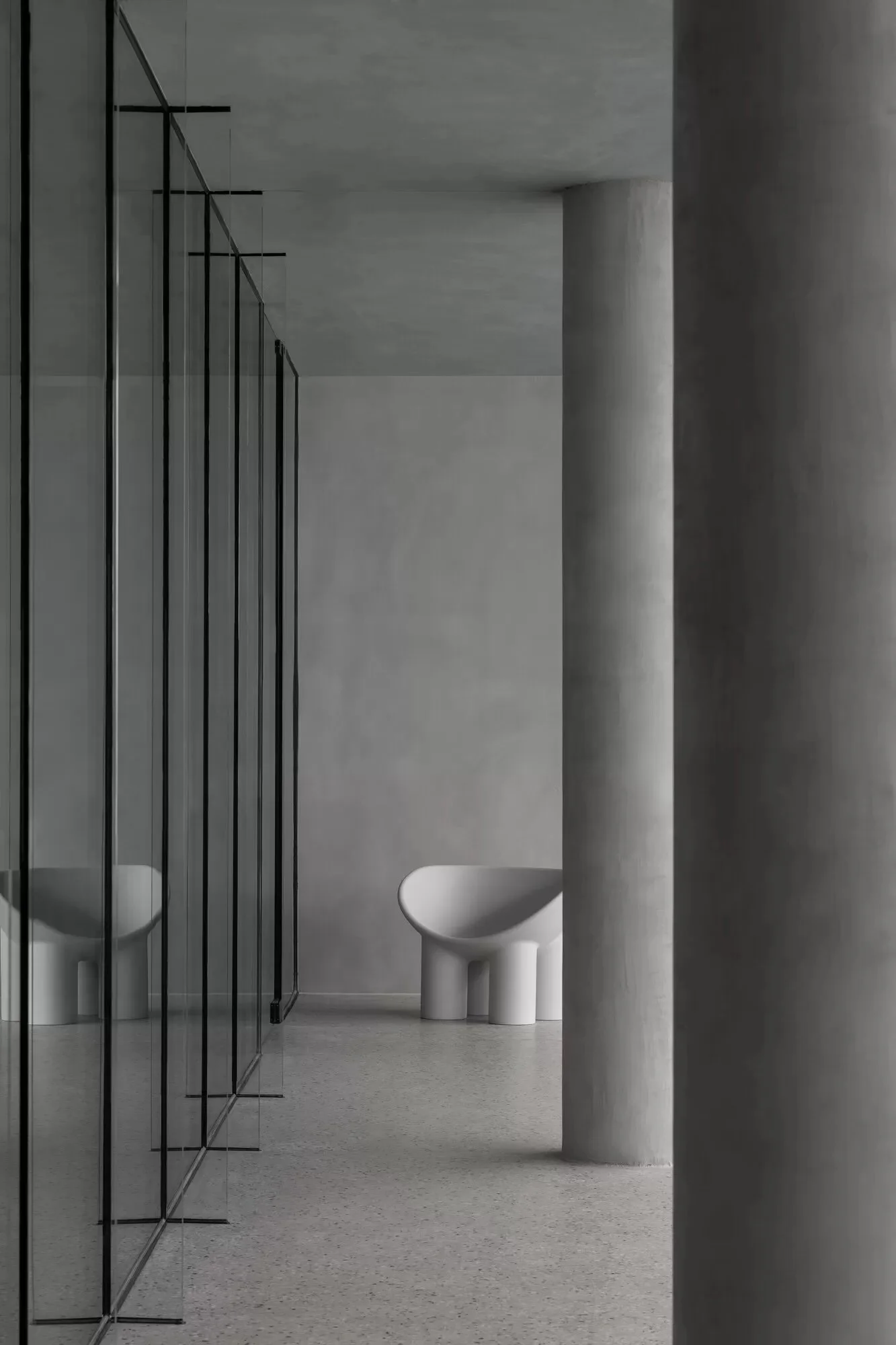
Microcement Walls
Leading Microcement Suppliers in the USA since 1991
Microcement is an excellent choice for a wide range of projects. One of its most popular uses is for wall finishes. Since 1991, we've been specialists in microcement, bringing X-Bond to the global market. Homeowners, architects, interior designers, and builders are now specifying this versatile material for walls in all kinds of projects.
In the following sections, you'll find everything you need to know about microcement wall solutions, including its practical and aesthetic advantages, as well as the best places to use it.
← Back to our Microcement Hub
What is microcement?
Applied by hand, it creates a seamless concrete-inspired finish on wall, floor, and joinery surfaces. It’s composed of cement and adhesive latex polymers to bond with any substrate, able to be installed on top of existing materials like old tiles and concrete.
Why Choose Microcement?
Microcement is the ultimate balance of practicality with aesthetic appeal, making it a popular material choice for wall surfaces in homes, retail spaces, commercial buildings, public projects, and the hospitality industry. Here’s why microcement walls might be the perfect choice for you.
-
Hand-applied as an ultra-thin coating, microcement can be installed in places where a concrete slab would be impractical. Suitable for both indoor and outdoor use, its versatility is enhanced by advanced sealers and a straightforward waterproofing process using our Liquid Membrane.
-
Compared to other surfacing materials, microcement has a more streamlined application process. Did you know you can refresh your old walls with a new microcement coating without the need for demolition? Microcement can be applied directly over old materials.
-
Microcement is applied at only 1/8” thick for a lightweight construction — an essential consideration for buildings with limited load-bearing capacity.
-
Even your shower walls can be finished in SEMCO Microcement. We’ve added an advanced liquid waterproofing system as a crucial step in X-Bond application for wet areas, providing long-lasting water protection.
Learn more about how you can achieve seamless bathroom wall surfaces that are as beautiful as they are easy to clean.
-
Microcement is most commonly used to replicate concrete, but comes in a variety of other texture and color options to achieve near endless design outcomes — including the possibility to create your own custom shade. X-Bond has been featured in many award-winning projects and well-known design publications such as Architectural Digest and Grand Designs.
Microcement Wall Applications
You can install microcement over almost any existing wall material, including: concrete, tiles, compressed sheeting, plaster, villa board, brick, ply, laminate & MDF. Its areas of applications for walls are:
Internal walls
External facades
Retail storefront fit-outs
Shower walls
Saunas
Steam rooms
Choose X-Bond
SEMCO X-Bond Microcement has been trusted by surfacing professionals around the world since 1991.
Thanks to added latex polymers in its formula, X-Bond has excellent adhesion and will bond at a molecular level with an existing surface, minimizing the risk of peeling or delamination. Known for its remarkable flexibility, SEMCO X-Bond Microcement will resist cracking with natural building settlement, unlike traditional concrete and other microcements with less flex.
Unleash your creativity with our range of finishes. X-Bond offers a variety of wall textures, along with different shades and the option for custom colors on larger projects.
Microcement Maintenance Tips
A big advantage of microcement is its ease of maintenance, especially on walls. For outdoor areas, simply rinse with water or use a hose. X-Bond is resistant to UV, temperature, and all weather conditions — provided it’s installed correctly, your external microcement walls shouldn’t fade, chip, or stain.
In showers, rinse down any soap, shampoo or conditioner residue. Microcement is resistant to mold and stains, but this extra step will help maintain its pristine condition. Unlike tiles and grout, your seamless microcement surface won’t hold any soap build-up. However, when using tanning products, colored shampoo, hair dye or body oils — wash residue immediately to avoid penetrating the surface.
Plain water should do the trick, but we’ve also formulated a specialised all-purpose microcement cleaner Stone Soap.







